Phylum Chordata Rank Genus | Superorder Afrotheria Scientific name Arsinoitherium Higher classification Arsinoitheriidae | |
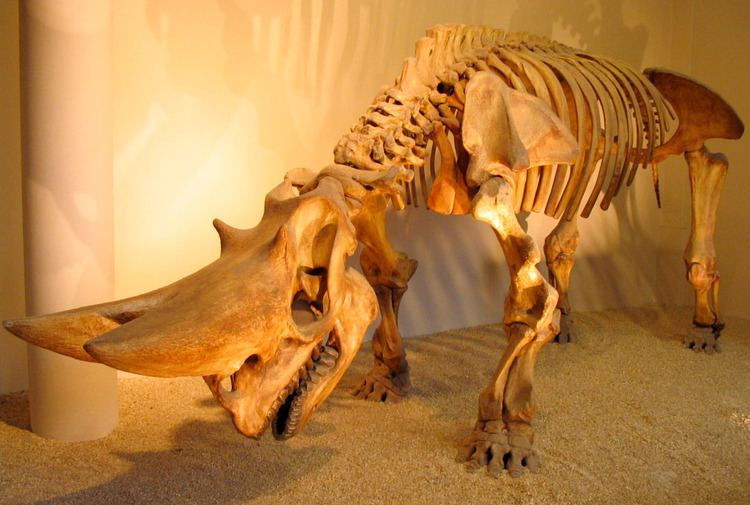 | ||
Similar Embrithopoda, Uintatherium, Andrewsarchus, Moeritherium, Near horn beast | ||
Arsinoitherium is an extinct genus of paenungulate mammal belonging to the extinct order Embrithopoda. It is related to elephants, sirenians, hyraxes and the extinct desmostylians. Arsinoitheres were superficially rhinoceros-like herbivores that lived during the late Eocene and the early Oligocene of northern Africa from 36 to 30 million years ago, in areas of tropical rainforest and at the margin of mangrove swamps. A species described in 2004, A. giganteum, lived in Ethiopia about 27 million years ago.
Contents
- Review 44 collecta deluxe 1 20 scale arsinoitherium
- Etymology
- Discovery and fossil relatives
- Description
- References
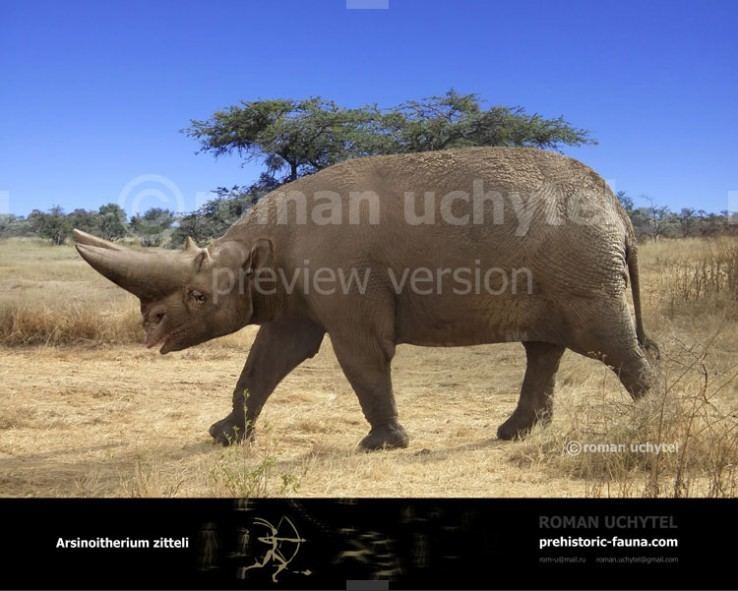
Review 44 collecta deluxe 1 20 scale arsinoitherium
Etymology
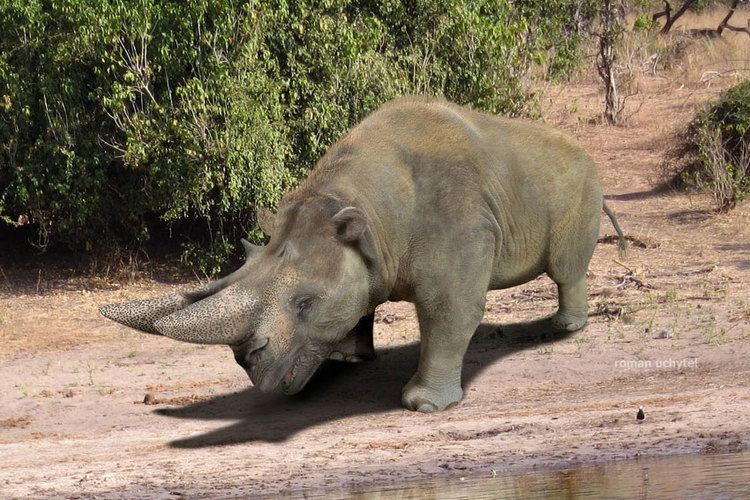
The generic name Arsinoitherium comes from Queen Arsinoe after whom the Fayum, the region in which the fossils were found, was called during Ptolemaic times, and the Greek: θηρίον (therion), "beast". The species epithet of the type species, A. zitteli, was given to it in honor of the eminent German paleontologist Karl Alfred von Zittel, regarded by some as the pioneer of paleontology in Egypt.
Discovery and fossil relatives
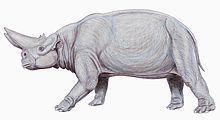
The best known (and first described) species is A. zitteli. Another species, A. giganteum, was discovered in the Ethiopian highlands of Chilga in 2003. The fossil teeth, far larger than those of A. zitteli, date back to around 28-27 million years ago While the Fayum Oasis is the only site where complete skeletons of Arsinoitherium fossils were recovered, arsinoitheriids have been found in south-eastern Europe, including Crivadiatherium from Romania, and Hypsamasia and Palaeoamasia from Turkey.
Description
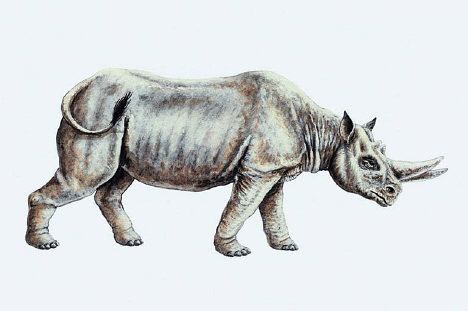
When alive, they would have superficially resembled a rhinoceros. Adults of the species A. zitteli stood around 1.75 m (5 ft 9 in) tall at the shoulders and 3 m (9 ft 10 in) in length. The most noticeable features of Arsinoitherium were a pair of enormous horns above the nose and a second pair of tiny knob-like horns over the eyes. The skeleton is robust and the limbs were columnar, similar to those of elephants; the hips were also elephant-like. Arsinoitherium had a full complement of 44 teeth, which is the primitive state of placental mammalian dentition, with characteristics suggesting that it was a selective browser.
